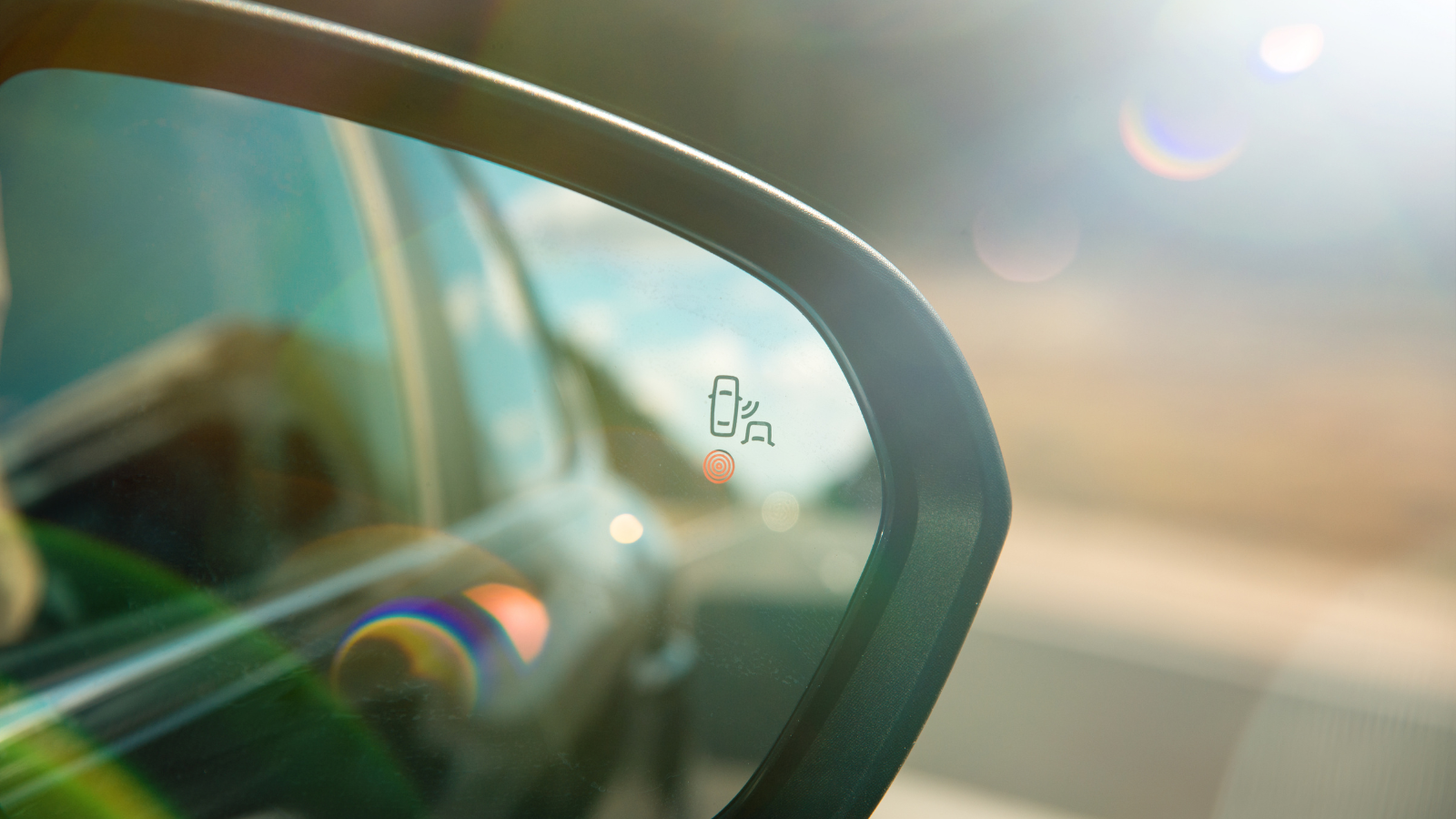Driver Assist Systems in vehicle technology have been around for some time now. These include anti-lock braking, electronic stability control, daylight running lights, automatic windscreen wipers, cruise control etc.
Advanced Driver Assist Systems (ADAS) are now increasingly being fitted to vehicles. These take into account the environment surrounding the vehicle, by collating and processing information received from LiDAR/radar devices and cameras. Information regarding hazards in the road ahead or deviation from standard driving practice can be analysed, fed back to the driver and a response initiated if certain thresholds are met.
For example, with collision and pedestrian mitigation systems, a driver may be warned to take action with visual or vibration alerts, and if no action is taken the vehicle may brake autonomously.
Other systems include:
- Brake Assist – if the vehicle detects that the driver intends for emergency braking to be applied to the vehicle, it assists such that braking is maximised.
- Lane Assist – a warning is given and then steering application if a vehicle strays towards the edge of its lane when no indicator is applied.
- Auto-main beam headlight and matrix headlights – the headlight/beam pattern varies in intensity depending on environmental lighting levels and detection of oncoming headlights.
- Blind-spot monitoring – a warning is given when a person or another vehicle is in a vehicle’s blind spot.
- Parking sensors and autonomous parking – self-parking features.
The Society of Automotive Engineers have defined 6 levels of control.
Level 0 – No automation – ADAS has no control over the vehicle but can provide information/warnings for the driver to interpret themselves e.g. surround view, traffic sign recognitions.
Levels 1 & 2 – The driver maintains control and still does most of the decision making.
- Level 1 – Driver Assistance – ADAS can take control over one functionality e.g. adaptive cruise control [ACC] or lane centring.
- Level 2 – Partial Driver Automation – ADAS can take control over multiple functions to aid the driver e.g. autonomous obstacle avoidance.
Levels 3 to 5 – The amount of control the vehicle has is increased.
- Level 3 – Conditional Driving Automation – for limited roads and environmental conditions e.g. Automated Lane Keeping Systems (ALKS).
- Level 4 – High Driving Automation e.g. automatic valet parking.
- Level 5 – Full Driving Automation – the vehicle is fully autonomous.
The highest levels of control have yet to reach UK roads. UK drivers still have ultimate responsibility for the control of their vehicle and must not rely on the ADAS functions fitted to their vehicle to drive safely.
However, we are increasingly seeing more of these systems in our Collision Investigation casework at KBC, for example:
- Pedestrian Conspicuity – which headlights would have been illuminated and/or what was the likely beam pattern? How far away from the vehicle would a pedestrian have been visible in night-time conditions?
- Pedestrian/Collision Mitigation – Under what conditions would a pedestrian/lead vehicle have been detected? Was braking a response of the driver or the vehicle? Did a driver fail to react to a warning? How may the weather conditions have affected the system’s functionality?
- Emergency Brake Assist – How quickly would this have been activated? How would it have affected the deceleration rate of the vehicle? Such information can then be used in speed/distance/time calculations.
- Whether ADAS functions were turned on when a collision occurred or had they been over-ridden?
KBC’s team of four Forensic Collision Investigators and Vehicle Examiners keep abreast of new technology and published research in this field. For more information regarding Driver Assist Systems, as well as all of your Collision Investigation queries, please contact us.

